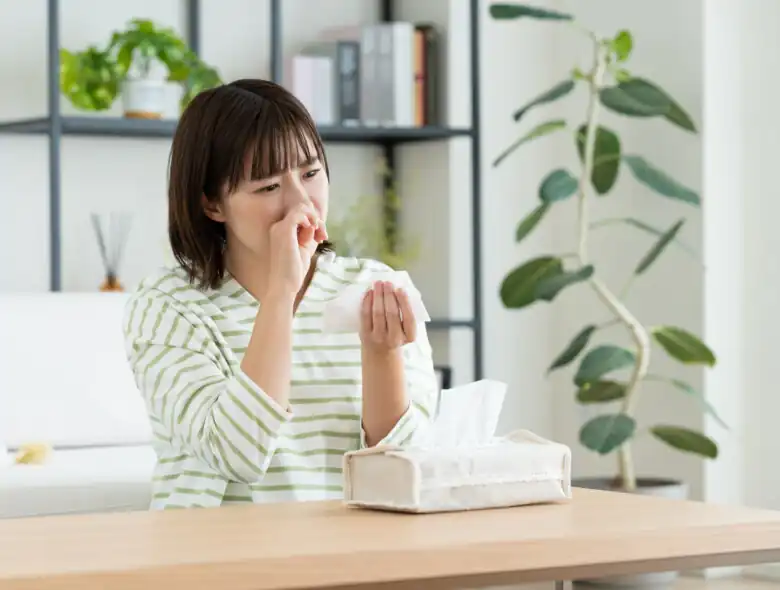Due to the widespread pollen during early spring, many people experience symptoms like sneezing, a runny nose, and itchy eyes. While wearing glasses and masks can help protect you when you’re outside, pollen often finds its way into your home, leaving many wondering if there’s a way to prevent it.
In this article, we’ll share effective ways to clean and stop pollen from entering your house. If you’re struggling with pollen control at home, this guide can offer helpful solutions.
Village House offers over 1,000 affordable properties across Japan, with prices starting from just ¥ 20,000. If you’re looking for a place to call home, visit our website for more information.
How pollen makes its way into your home
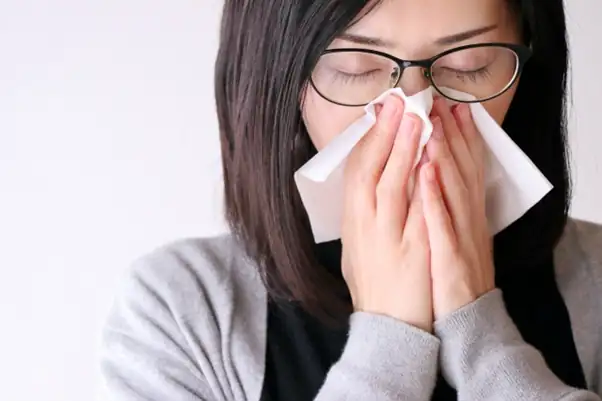
There are three main ways pollen can enter your home:
- Through open windows
When you open windows to let in fresh air, pollen from the outside can easily blow inside and settle on the floor. Since pollen is lightweight, it tends to become airborne again whenever there’s movement in the room, whether from people or objects.
- Attaching to laundry and clothing
Pollen can stick to clothes hung outside to dry and on clothing worn outdoors. Coats, scarves, and even hair are prone to collecting pollen, which then finds its way into your home.
- Inadequate cleaning
If the pollen that’s brought indoors isn’t cleaned properly, it will build up on floors and in corners. Additionally, vacuuming can stir up pollen particles, and regular vacuums may not be able to fully remove all of them, leaving behind residual pollen.
Brush off pollen at the main entrance when you get home
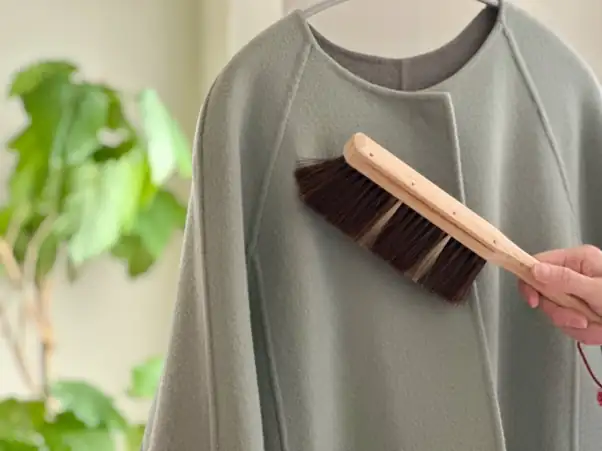
During pollen season, pollen attaches to your clothes and hair when you go outside. If you enter the house without taking precautions, you’ll bring pollen inside, which can trigger symptoms like sneezing, a runny nose, and itchy eyes.
To prevent this, make it a habit to brush off any pollen at the entrance as soon as you get home. Start by lightly tapping your clothes and bags to dislodge the pollen. Pay extra attention to items that tend to collect more pollen, such as coats and hats.
Placing a brush or sticky lint roller near the entrance can help effectively remove pollen. Additionally, if possible, wash your hands and face right away to keep pollen from spreading further into the house.
Be mindful of clothing materials
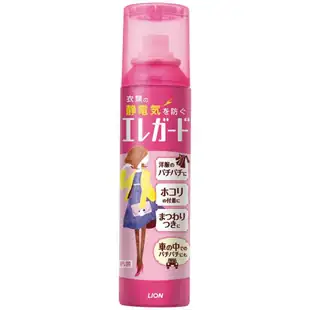
Image Source: LION
Static electricity can cause pollen to cling to your clothes, making it easier to bring it into your home. To minimize this, try to wear clothes that are less likely to generate static electricity. Fabrics such as cotton, linen, and silk are known to produce less static material.
On the other hand, materials like wool, with their fluffy fibers and uneven surface, are more prone to attracting pollen, so it’s best to avoid wearing them during pollen season.
Another helpful tip is to spray your clothes with an anti-static spray before heading outside. Depending on the fabric, this can reduce static buildup and prevent pollen from sticking to your clothes, helping to keep it from entering your home.
Be careful when cleaning certain fabrics
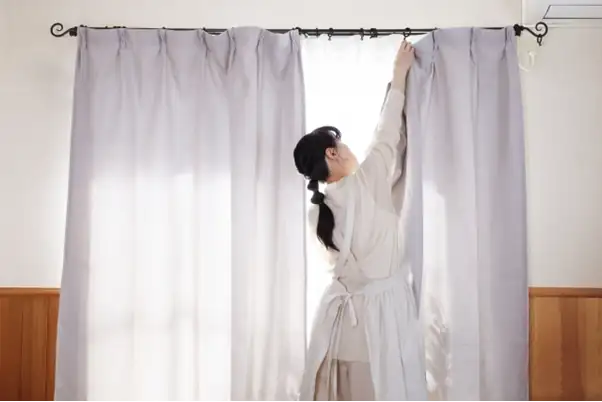
Fabric items like curtains, rugs, sofas, and cushion covers are common places where pollen can accumulate. However, some of these items, such as rugs and sofas, can be difficult to wash. In these cases, using adhesive tape or specialized cleaning products is recommended.
For washable items like curtains and cushion covers, it’s important to wash them regularly. If they are machine-washable, aim to wash them once every two weeks, following the care instructions. When rinsing, add fabric softener to the load, as it can help reduce static electricity and prevent pollen from sticking.
For curtains or other fabric items that can’t be machine-washed, start by gently vacuuming to remove dust and pollen. Afterward, spray a commercially available anti-static spray or a fabric softener diluted with water onto the fabric to help prevent pollen from adhering. This method can help keep your home cleaner and reduce pollen buildup.
Use an air purifier
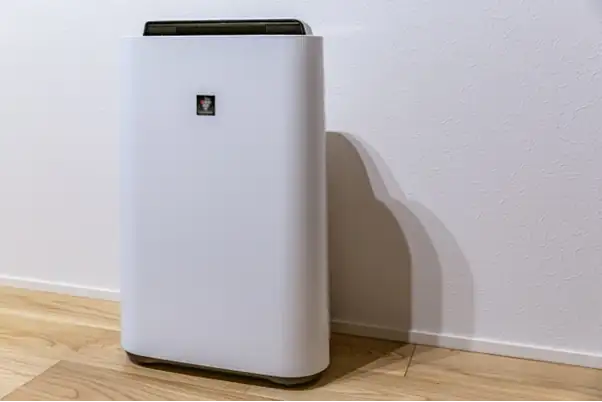
Using an air purifier is a great solution to reduce the amount of pollen indoors. Air purifiers help lower the pollen concentration by trapping and removing pollen particles from the air with a filter. Air purifiers equipped with HEPA filters are especially effective as they can capture even the smallest pollen particles, keeping the air clean and fresh.
For maximum effectiveness, it’s best to run the air purifier continuously during pollen season and place it in areas where pollen tends to accumulate, such as the entrance or bedroom. Additionally, regular maintenance of the filter is crucial to ensure optimal performance. This method can significantly help in alleviating hay fever symptoms.
Reduce pollen with a humidifier
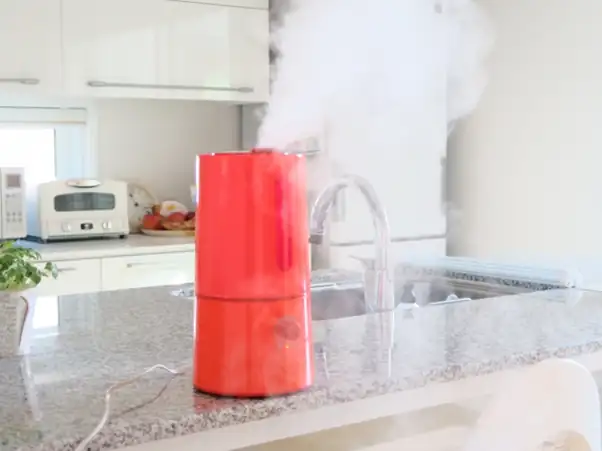
Keeping the indoor humidity level in check can help reduce symptoms during pollen season. Using a humidifier to maintain a humidity range of 40-60% can assist in making pollen particles heavier by allowing them to absorb moisture, causing them to fall to the floor or settle on furniture rather than remaining airborne.
In addition, maintaining moderate humidity helps keep the mucous membranes in your nose and throat moist, protecting them from dryness. Moist mucous membranes create a stronger barrier against allergens and irritants, potentially easing the discomfort caused by pollen.
However, be cautious not to raise humidity levels too much, as excessive humidity can promote mold and dust mites. Using a hygrometer to monitor and maintain the proper humidity level will help ensure your indoor environment remains comfortable and beneficial during the pollen season.
Dry laundry indoors
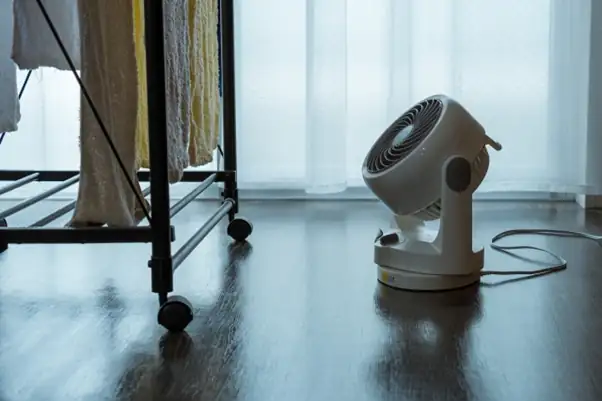
If you dry your futon or laundry outdoors during pollen season, static electricity can easily cause pollen to stick to them, which can then be brought indoors. To avoid this, it’s better to dry your laundry indoors during this time.
When drying indoors, choose a well-ventilated area. Bathrooms and laundry rooms are ideal because they allow for effective humidity management, helping your laundry dry quickly while preventing mold and unpleasant odors.
Drying clothes indoors not only prevents pollen from sticking but also helps maintain a moderate humidity level in the room. It naturally humidifies the air, especially during dry seasons, helping create a more comfortable indoor environment.
If you find it challenging to dry your laundry indoors, consider using a clothes dryer. A clothes dryer can speed up the drying process, ensuring your laundry is dried quickly and efficiently.
Ventilate when pollen levels are low
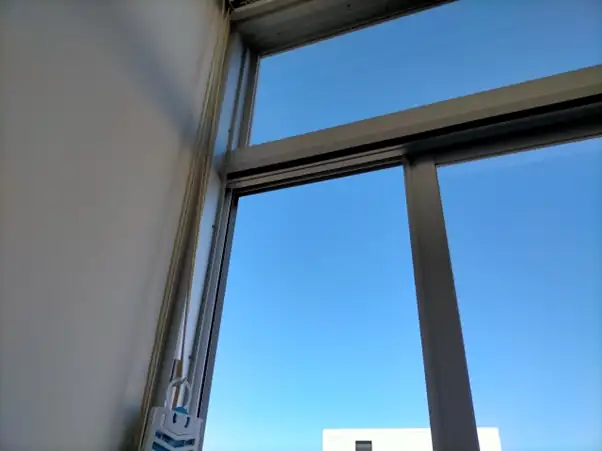
According to the Hay Fever Environmental Health Manual 2022 published by the Ministry of the Environment, pollen levels are generally lower in the morning and after the evening. This makes morning ventilation the best time to air out your home while minimizing pollen entry. Though ventilation is a common way pollen gets inside, timing it carefully can help reduce the amount of pollen that enters.
When ventilating, consider opening the window about 10 cm and using lace curtains to help filter out some of the pollen. Another useful tip is to use curtains specifically designed to trap pollen, which can help prevent it from entering the room. This way, you can enjoy fresh air without letting too much pollen in.
Reference: Ministry of the Environment Hay Fever Environmental Health Manual 2022
Cleaning should be done with a damp cloth
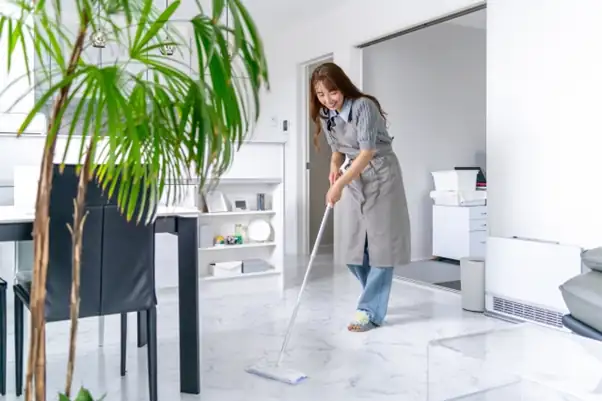
It’s best to avoid using a vacuum cleaner as much as possible during pollen season. The vacuum’s exhaust can stir up pollen, causing it to become airborne and spread throughout the room. Instead, we recommend wiping surfaces with water.
Wiping with water is an effective cleaning method to remove dust and pollen from floors and furniture. When using a rag, make sure to wring it out well to avoid leaving excess moisture behind, which could lead to mold or damage.
For convenience, floor wipers and wet sheets are great tools for wiping with water. After cleaning, you can simply dispose of the sheet, making the process quick and efficient.
When managing hay fever in your home, it’s crucial to keep the environment clean and prevent pollen from entering. Be mindful of sources like windows, clothing, and laundry, and use water to wipe surfaces and remove pollen effectively.
At Village House, a deposit, key money, processing fee, or renewal fee is not required (※). If you’re looking to save on initial costs, don’t hesitate to contact us for more information.
※Please note that a deposit may be required depending on the specific terms of the contract and the results of the screening process.

Hello, I’m Machiko Doi, a freelance writer who writes about housing and living in Japan.
I live in an 80-year-old house that I inherited from my grandparents along with my two shelter cats and daughter.
We live a relaxed life while repairing the house.
I like to cook vegetables from the garden and fresh fish caught by my father, and enjoy them with cold beer on a hot day or hot sake on a cold day.


